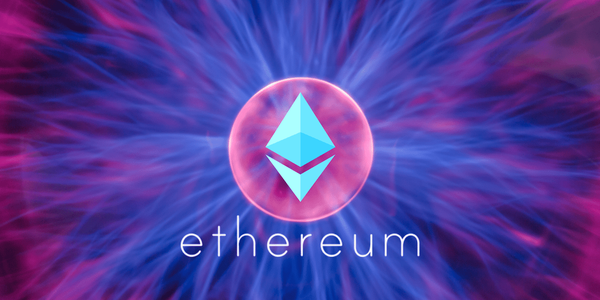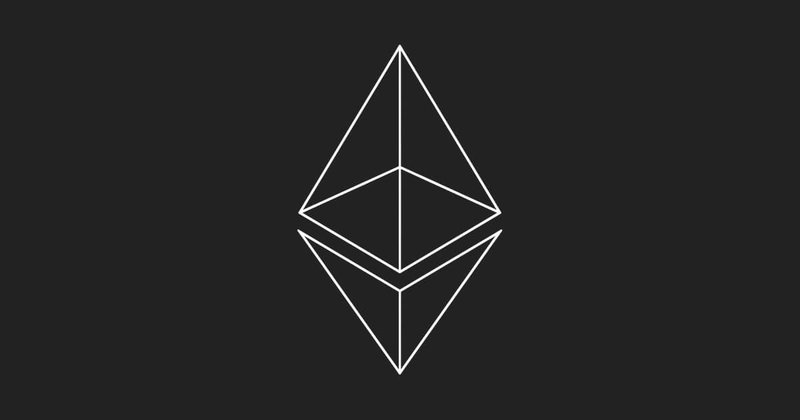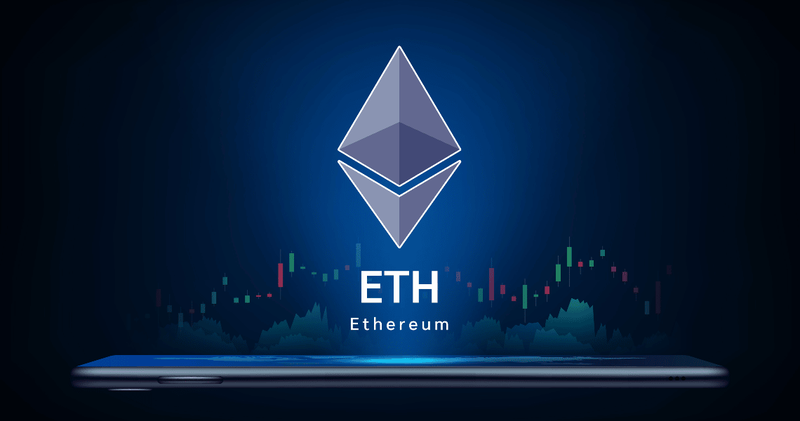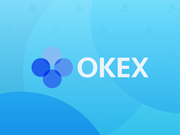Ethereum (ETH)
8 minutes
Beginner
Ethereum is a decentralized, open-source blockchain platform for creating smart contracts and decentralized applications based on the platform. Although they both have enormous popularity, Ethereum and its predecessor Bitcoin are quite different. And what separates them most is Etherium's goal of being more than just a medium of exchange.
Ethereum offers many things to its users: from making transactions with an Ether token (ETH) and placing it for rewards via stacking, to games, NFT creation, DeFi conversion, and more - all made possible by Ethereum.
Brief History
In an effort to find a solution to the weaknesses of crypto-giant Bitcoin, Vitalik Buterin, a Canadian programmer of Russian origin, proposed the original Ethereum concept in a 2013 white paper.
The white paper described something completely revolutionary called smart contracts. These pre-programmed protocols serve as the building blocks for decentralized applications, but more on that later.
To officially launch the platform, Buterin teamed up with seven other developers, now known as the co-founders of Ethereum. They all had a common vision for blockchain technology, used not only for cryptocurrency trading.
To fund the development of the project, the Ethereum team held a pre-sale of tokens that raised $18,439,086 in ether.
How does Etherium work?

Although it was created to overcome the shortcomings of Bitcoin, Ethereum does bear a resemblance to the first decentralized digital cryptocurrency.
Both Bitcoin and Ethereum, when it ran on the PoW protocol, are decentralized networks consisting of thousands of computers. The Ethereum network runs the Ethereum Virtual Machine (EVM), a software platform used to create decentralized applications (DApps).
Each computer on the network is a node and has a copy of the EVM registry.
It is important to note that every interaction with the network must be verified and then each node must update its copy of EVM.
To interact with the network and perform a smart contract, you must pay a fee in ETH. This fee is also known as a "gas fee.
Ethereum's gas fee is something the blockchain is notorious for and is often a source of discontent. Depending on network congestion, the fee varies, peaking at $71.72 per transaction in May 2021.
Concerns about high commissions and scalability issues are the two main reasons for the already initiated transition to ETH 2.0, the new version of the Ethereum blockchain.
Proof-of-Stake (PoS)
Ethereum used to use what is called Proof-of-Work (PoW) to create new blocks in the blockchain, just like Bitcoin.
When a new transaction is requested, a new potential block is created. Miners have to allocate computers with high CPU and electricity to solve the cryptographic calculations. This is then verified by other miners, and the block is added to the block chain. When most nodes confirm it, a consensus is reached. The advantage of the Proof-of-Work system is that hackers would have to allocate so much energy and processor power that the costs outweigh the potential benefits of hacking.
But unlike Bitcoin, Ethereum recently switched over to Proof-of-Stake (PoS).
The advantage of the Proof-of-Stake system is that it requires little power. In this system, users stacking their Ether tokens from their account to become a validator.
Stacking is the deposit of 32 ETH to activate the validator software. As a validator, you will be responsible for storing data, processing transactions, and adding new blocks to the blockchain.
Block generation also works on the principle of randomness. A randomly selected user is rewarded with an ether token for a randomly mined block, and the block is stored in the blockchain.
The more funds you keep in your wallet, the more coins you can earn with this system.
The benefits of Etherium
Etherium has many advantages. This is what has allowed us to rethink the way blockchain technology is used and use it effectively in areas other than cryptocurrency trading.
Since this network has been in operation for quite some time, we can highlight some of its most important advantages:
- Constant growth and innovation
- One of the largest crypto and blockchain ecosystems
- Largest community
- Simplifying financial transactions
- Data storage for third-party applications
- Ability to create decentralized applications and smart contracts
- Adoption and use of blockchain by major institutions
What are smart contracts?

A smart contract is simply a piece of code that specifies specific algorithms for transactions and actions on the blockchain. Like a contract written on paper, it contains all the information needed for a transaction to run smoothly and opens up new possibilities for automation.
Smart contracts have endless possibilities and facilitate exchanges that were previously impossible.
To explain the benefits of smart contracts, let's look at the following example.
Person A wants to buy the house of person B. Since everything is being done now to ensure that the transaction is done in the best possible way, we will need:
- Real estate broker
- Notary
- Insurance companies
Each of these intermediaries charges a significant fee, takes time, and is not necessarily trustworthy, depending on where the transaction takes place.
To perform the same transaction with a smart contract, you only need a smart contract. It contains all the steps and information needed to verify the transaction in a secure, decentralized and cost-effective manner. In addition, this transaction will be permanently stored in the Ethereum blockchain, making the transaction completely transparent.
Thanks to Ethereum, person A can buy the house of person B safely, quickly and without expensive intermediaries.
Options for using smart contracts:
- Decentralized Finance (DeFi) - secure deployment of all transaction terms, from credit to transfer and deposit
- Voting systems - combating fraud and providing valid voting results
- Digital identity - secure identity verification
- Insurance - conduct insurance with reduced costs, accuracy and reimbursement automation
- Product Authenticity - authenticate any object or creation through blockchain transparency
- Project creation and fundraising - create your own project and issue tokens for a fundraising event (ICO)
Smart contracts play an important role in many areas, but most of all in decentralized applications (DApps) that provide security, decentralization and automation of transactions. For this reason, it is logical to see that they are actively used in exchanges, collectible games, card games, and even gambling (casino, poker, etc.), getting rid of any intermediaries.
In addition, you can even create a decentralized autonomous organization (DAO) using smart contracts.
The value of Etherium

The Ethereum blockchain runs on its own cryptocurrency, the ether (ETH), which allows developers to create new types of ETH-based tokens that support decentralized applications (DApps) through the use of smart contracts. The most common ETH-based cryptocurrencies are built on the ERC-20 token standard.
According to CoinMarketCap, Ethereum and its cryptocurrency ETH are in second place in terms of total market capitalization ($419,367,003,083 in April 2022), just behind Bitcoin.
Its number of transactions is now four times that of Bitcoin, with more than 1 million transactions a day.
The rate of new Ethereum smart contracts creation continues to be impressive, peaking at 2.5 million in June 2021. This can be explained by the large number of projects operating and developing on the blockchain.
Simply put, we can say that the Ethereum blockchain serves as a highway, and the ETH token is its primary vehicle, which works with many other vehicles with different characteristics.
Ethereum 2.0
Ethereum 2.0 is a major update to the blockchain network that was released on September 15, 2022. The update made Ethereum more secure, efficient, scalable and fast and largely due to the move to the Proof of Stake protocol.
Now you no longer have to mine using the processing power of computer hardware, as was the case before, but will only need to stake ether coins to verify transactions using the Pos algorithm.
In addition to making Ethereum greener and more resilient, this move from Proof of Work to Proof of Stake will allow the network to be split into multiple subnets (sharding) to increase transactions and network bandwidth by a factor of 1000.
Thus, Ethereum 2.0 solves the problem of network congestion that causes high gas fees, and could potentially become a green technology for the whole world to use.



